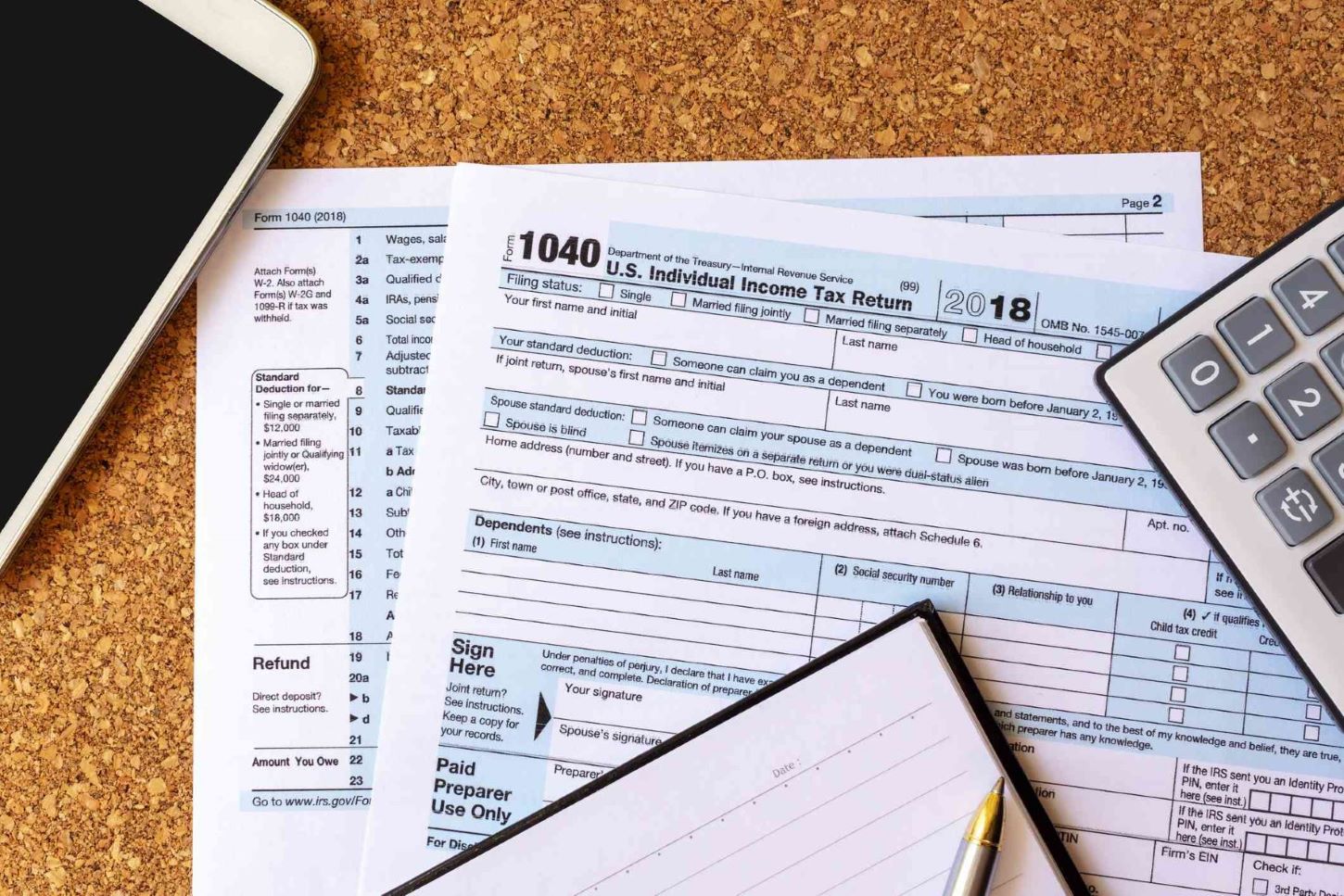Home>Finance>Pivot Point: Definition, Formulas, And How To Calculate


Finance
Pivot Point: Definition, Formulas, And How To Calculate
Published: January 8, 2024
Learn what a pivot point is in finance, how to calculate it using formulas, and understand its definition. Gain insights into this important concept in the financial world.
(Many of the links in this article redirect to a specific reviewed product. Your purchase of these products through affiliate links helps to generate commission for LiveWell, at no extra cost. Learn more)
Pivot Point: Definition, Formulas, and How to Calculate
Are you looking to enhance your understanding of finance? Whether you’re a professional trader or just getting started, having a solid grasp of pivot points can greatly benefit your investing strategy. In this blog post, we’ll dive into the world of pivot points, exploring their definition, formulas, and how to calculate them. So, let’s unlock the power of pivot points and take your financial knowledge to new heights!
Key Takeaways:
- Pivot points are powerful technical indicators used by traders to determine potential support and resistance levels in financial markets.
- Calculating pivot points involves using a specific formula that incorporates the previous day’s high, low, and close prices.
What are Pivot Points?
Pivot points are key price levels that traders use to identify potential turning points in the market. They act as markers for potential support and resistance areas. By recognizing these levels, traders can make informed decisions on when to enter or exit trades.
How to Calculate Pivot Points:
Calculating pivot points requires a specific formula. Here is the basic formula to get you started:
- Pivot Point (PP) = (Previous Day’s High + Previous Day’s Low + Previous Day’s Close) / 3
- Resistance 1 (R1) = (2 x PP) – Previous Day’s Low
- Support 1 (S1) = (2 x PP) – Previous Day’s High
- Resistance 2 (R2) = PP + (Previous Day’s High – Previous Day’s Low)
- Support 2 (S2) = PP – (Previous Day’s High – Previous Day’s Low)
- Resistance 3 (R3) = PP + 2 x (Previous Day’s High – Previous Day’s Low)
- Support 3 (S3) = PP – 2 x (Previous Day’s High – Previous Day’s Low)
Once you have calculated these levels, you can use them as potential entry or exit points for your trades, depending on your trading strategy.
Applying Pivot Points in Trading:
Pivot points are widely used by traders to identify support and resistance levels within a given time frame. Here are a few ways you can incorporate pivot points into your trading strategy:
- Identify potential entry and exit points: Pivot points can help you determine when to enter a trade or take profits, as prices often react near these levels.
- Confirming trend reversals: When prices break below or above a pivot point level, it may indicate a potential trend reversal.
- Setting stop-loss and take-profit levels: Pivot points can act as reference points for setting stop-loss and take-profit orders.
- Combining pivot points with other technical indicators: Many traders use pivot points in conjunction with other technical tools, such as moving averages or Fibonacci retracements, to bolster their trading decisions.
Final Thoughts
Understanding pivot points is a valuable skill for traders in the financial markets. By incorporating pivot points into your analysis, you can gain insights into potential turning points and enhance your trading strategy. Remember, successful trading requires a combination of technical analysis, risk management, and discipline. So, keep learning, experimenting, and fine-tuning your approach to achieve your financial goals.














